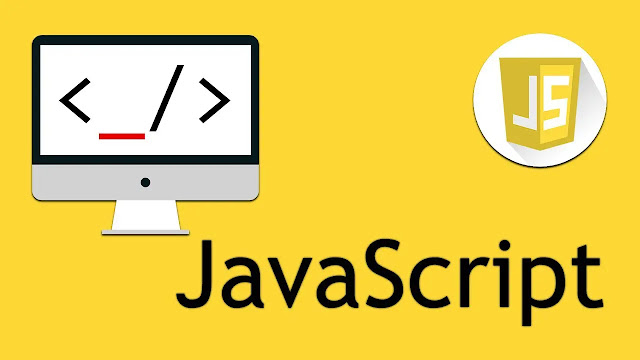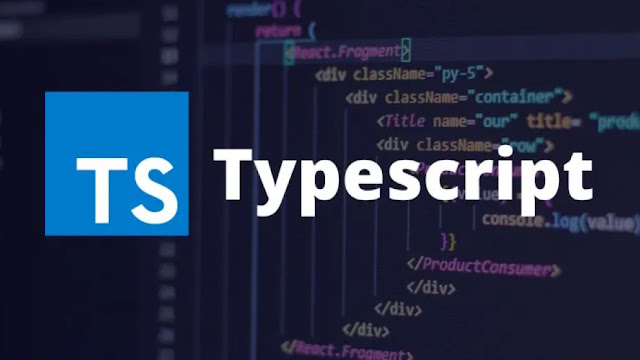Posted by Abdullah Zaheer on Friday, January 24, 2025 in
C,
C++,
Go,
java,
JavaScript,
Julia,
Kotlin,
Programming languages,
Python,
R,
Rust,
Swift,
TypeScript |
No comments
Famous Programming Languages in 2025
 |
| Programming Language |
Programming languages continue to evolve, adapting to new technologies and developer needs. As of 2025, the tech
landscape is brimming with languages designed for various domains—from web development and data science to systems
programming and artificial intelligence. Here’s a rundown of the most prominent programming languages in 2025.
1. Python
 |
| Python |
Python remains a favorite among developers due to its simplicity and versatility. It is extensively used in data
science, machine learning, web development, and automation. With continuous updates and a vast array of libraries
like TensorFlow, Pandas, and PyTorch, Python's dominance in AI and data analytics is unmatched.
Why it’s popular:
Easy-to-learn syntax.
Extensive library support.
Strong community and documentation.
2. Java
 |
| Java |
Java, a stalwart in the programming world, continues to thrive in 2025. Its robustness and scalability make it a
preferred choice for enterprise-level applications, Android development, and large-scale backend systems. Frameworks
like Spring and Hibernate maintain its relevance, while its backward compatibility ensures long-term viability.
Why it’s popular:
Platform independence via JVM.
Mature ecosystem with extensive libraries.
Ideal for enterprise and mobile development.
3. JavaScript
 |
| JavaScript |
The cornerstone of web development, JavaScript has solidified its place as an essential language for
building interactive and dynamic web applications. Frameworks like React, Angular, and Vue.js are widely used, and
with the rise of Web3 technologies, JavaScript’s role in decentralized app (dApp) development is growing.
Why it’s popular:
Ubiquity across browsers.
Vital for front-end and back-end (Node.js) development.
Supported by a massive ecosystem of tools and frameworks.
4. Rust
 |
| Rust |
Rust continues to gain traction as the go-to language for systems programming, thanks to its focus on safety
and performance. It’s widely used in developing operating systems, game engines, and embedded systems. Companies
like Microsoft, Mozilla, and Amazon are adopting Rust to build secure and efficient applications.
Why it’s popular:
Memory safety without a garbage collector.
High performance.
Strong focus on developer productivity.
5. Go (Golang)
 |
| Go (Golang) |
Go, developed by Google, is a preferred language for cloud computing, microservices, and backend
development. Its simplicity, speed, and concurrency model make it ideal for modern distributed systems.
Why it’s popular:
Easy to deploy and scale applications.
Built-in support for concurrency.
Backed by Google and a growing community.
6. Kotlin
 |
| Kotlin |
Kotlin has solidified its position as the primary language for Android development. With Google’s continued
support and its interoperability with Java, Kotlin provides a modern and developer-friendly approach to building
mobile apps.
Why it’s popular:
Concise and expressive syntax.
Full Java interoperability.
Officially supported for Android development.
7. TypeScript
 |
| TypeScript |
TypeScript, a superset of JavaScript, is loved for its ability to catch errors early in the development
process. Its adoption in large-scale web applications and frameworks like Angular makes it a favorite for enterprise
development.
Why it’s popular:
Static typing enhances reliability.
Seamless integration with JavaScript projects.
Improves code maintainability.
8. Swift
 |
| Swift |
Apple’s preferred language for iOS and macOS development, Swift, has matured into a robust language for building
high-performance apps. Its intuitive syntax and performance optimizations have made it a top choice for Apple
ecosystem developers.
Why it’s popular:
Optimized for Apple platforms.
Easy-to-read syntax.
Strong community support.
9. R
 |
| R |
R is a powerhouse for statistical computing and data visualization. Its popularity persists among data scientists,
statisticians, and researchers, thanks to specialized libraries and tools for data analysis.
Why it’s popular:
Specialized for statistical modeling.
Extensive packages like ggplot2 and dplyr.
Used heavily in academic and research settings.
10. C++
 |
| C++ |
Despite being decades old, C++ remains indispensable for high-performance applications such as game
development, real-time systems, and complex simulations. Its recent updates, like C++20, bring modern features to
this time-tested language.
Why it’s popular:
Excellent control over hardware resources.
Used in performance-critical applications.
Supported by major gaming engines and hardware manufacturers.
11. Julia
.jpg) |
| Julia |
Julia is gaining traction in the fields of scientific computing and numerical analysis. Its ability to
combine the speed of C++ with the usability of Python makes it an attractive option for researchers and engineers.
Why it’s popular:
High performance for mathematical computations.
Easy-to-learn syntax.
Strong support for parallel and distributed computing.
Conclusion
Each programming language has carved its niche in 2025, addressing specific challenges and domains. Whether you’re a
beginner or an experienced developer, there’s a language tailored to your needs. As technology evolves, staying
updated with these languages will keep you ahead in the ever-competitive tech industry.









.jpg)





.jpg)
0 Comments:
Post a Comment